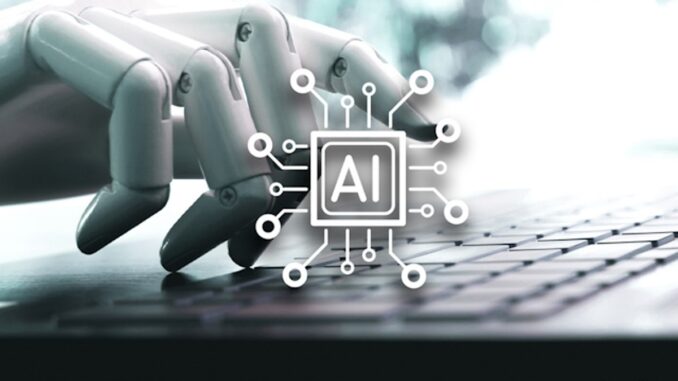
Streamlining software development with AI tools involves leveraging various automated solutions to enhance productivity,
quality, and efficiency throughout the development lifecycle. Here are some ways AI can be integrated into the software development process:









### 1. **Code Generation and Assistance**
– **AI-Powered IDEs:** Tools like GitHub Copilot or TabNine use machine learning to suggest code snippets and complete functions as you type, reducing development time and improving code quality.
– **Natural Language Processing (NLP):** AI can convert business requirements written in natural language into code, helping bridge communication gaps between developers and non-technical stakeholders.
### 2. **Automated Testing**
– **Test Case Generation:** AI can analyze code changes to automatically generate relevant test cases, reducing manual testing efforts.
– **Predictive Testing:** Machine learning algorithms can predict bugs or failures based on historical data, allowing teams to prioritize testing efforts intelligently.
### 3. **Code Review and Quality Assurance**
– **Static Code Analysis:** AI tools can automatically review code for potential vulnerabilities and adherence to coding standards, providing suggestions for improvements.
– **Continuous Integration/Continuous Deployment (CI/CD) Automation:** AI can optimize the CI/CD pipelines by predicting the best times to deploy and facilitating rollbacks in case of failures.
### 4. **Project Management**
– **Resource Allocation:** AI can help in project planning and resource allocation by analyzing historical data and current workloads to optimize team performance.
– **Time Estimation:** AI-driven tools can provide more accurate timelines for project completion by analyzing previous project data and patterns.
### 5. **Bug Detection and Fixes**
– **Automated Bug Tracking:** AI systems can monitor software for anomalies, categorize bugs based on severity, and even suggest fixes.
– **Root Cause Analysis:** Advanced algorithms can analyze code changes and logs to identify the root cause of bugs, expediting the debugging process.
### 6. **Documentation and Knowledge Management**
– **Automatic Documentation:** AI can generate documentation directly from the codebase, keeping it updated with minimal human input.
– **Knowledge Discovery:** AI tools can sift through existing documentation and code repositories to surface relevant information at the moment of need.
### 7. **Enhanced Collaboration and Communication**
– **Chatbots and Virtual Assistants:** AI-powered chatbots can assist teams with queries about project status, documentation, or coding practices, fostering collaboration.
– **Sentiment Analysis:** AI tools can analyze team communication (like emails or chat messages) to gauge team morale and address potential issues proactively.
### 8. **DevOps Optimization**
– **Performance Monitoring:** AI-based monitoring tools can provide insights into application performance and suggest optimizations in real-time.
– **Anomaly Detection:** Machine learning models can identify unusual patterns in system behavior, enabling proactive issue resolution.
### 9. **Personalized Learning and Development**
– **Skill Mapping:** AI can analyze team members’ skills and suggest training or courses tailored to fill knowledge gaps or keep skills updated.
– **Mentorship Matching:** AI systems can match junior developers with experienced mentors based on skills and project needs.
### 10. **Security Enhancements**
– **AI-Driven Security Testing:** Tools can scan for vulnerabilities in code and provide suggestions for remediation, strengthening security measures in the development process.
– **Threat Intelligence:** Machine learning can analyze threat data to predict potential security concerns, allowing teams to address them before they become issues.
### Conclusion
Integrating AI tools into the software development lifecycle can dramatically reduce manual overhead, enhance collaboration, and improve overall output quality. It’s important, however, to strike a balance between automation and human judgment, ensuring tools augment rather than replace the crucial creative and analytical skills of developers. Continuous advancements in AI will likely further transform software development practices, making processes more streamlined and efficient.

Leave a Reply